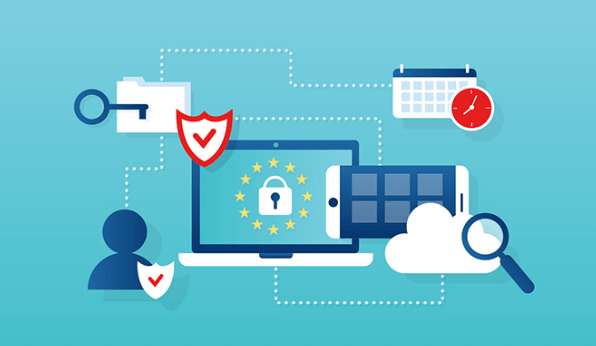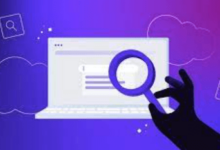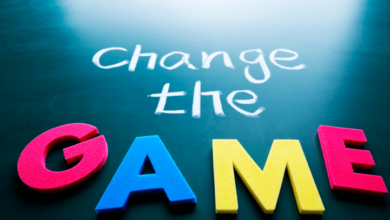What is a Slack Legal Hold Exactly?

In the era of digital communication, instant messaging applications such as Slack have become increasingly integrated into the fabric of our professional lives. These platforms foster collaboration, streamline workflows, and expedite decision-making. However, they also create new considerations when it comes to legal compliance and e-discovery. This is where the concept of a Slack legal hold comes into play. But what exactly is a Slack legal hold? This article delves into its definition, purpose, and how it operates.
Understanding Legal Holds
Before we delve into the specifics of a Slack legal hold, it’s essential to understand the broader concept of a legal hold, also known as a litigation hold or preservation order. In the context of legal proceedings, a legal hold is a process that an organization uses to preserve all forms of relevant information when litigation is reasonably anticipated. The purpose is to prevent the destruction of potential evidence that could be relevant to the dispute.
Defining Slack Legal Hold
Slack Legal Hold is a feature that enables an organization to preserve all user-generated data for specific members in the context of a legal, regulatory, or compliance proceeding. It ensures that every piece of information communicated via Slack, including messages and files, is saved and easily retrievable, regardless of whether users edit or delete the content on their end.
The legal hold feature in Slack is applicable to Direct Messages, Private Channels, and Public Channels. It retains all information, ensuring complete data fidelity and helps companies meet the legal obligations of data preservation in a litigation context.
How Slack Legal Hold Works
Setting up a legal hold in Slack involves a few steps, which typically fall to an organization’s legal or IT team:
Create a Legal Hold Policy: The first step in setting up a Slack legal hold involves creating a legal hold policy. The policy should specify the reasons for the hold, identify the Slack users (custodians) whose data must be preserved, and outline the duration of the hold.
Apply the Legal Hold Policy: Once the policy is created, it needs to be applied to the specified users. It’s essential to note that the application of a legal hold is not retroactive—it only preserves data created after the hold is in place.
Monitor and Manage the Legal Hold: After the legal hold is in place,
the organization needs to actively manage it. This involves ensuring that all relevant data is being captured and preserved, addressing any issues that may arise, and maintaining communication with the custodians.
Remove the Legal Hold: Once the litigation or investigation concludes and the need for data preservation ends, the legal hold can be lifted.
Considerations for Slack Legal Holds
While Slack Legal Hold is a powerful tool for data preservation in litigation, several considerations need to be kept in mind:
Data Access and Privacy: When a legal hold is placed, the organization has access to all communications of the users in question. Therefore, it’s critical to balance the needs of the legal hold with respect for user privacy.
Communication: It’s essential to communicate with the relevant users about the legal hold, what it means, and how it affects them.
Ongoing Management: Legal holds require ongoing management to ensure they are capturing all necessary data and to make adjustments as needed. Companies need to be ready to dedicate resources to this process.
Documentation: Maintaining comprehensive records of all actions related to the legal hold is crucial for demonstrating compliance if the preservation process itself comes under scrutiny.
Conclusion
In the context of potential or ongoing legal proceedings, a Slack Legal Hold is an indispensable tool for preserving all relevant user data on the platform. It ensures that no information that might serve as evidence is lost, deleted, or overlooked. While implementing and managing a legal hold requires careful planning, clear communication, and ongoing oversight, it plays a vital role in maintaining compliance and protecting an organization’s legal interests in the digital age. Understanding this mechanism and knowing how to use it effectively is an essential part of managing legal risks in today’s digitally connected business environment.







